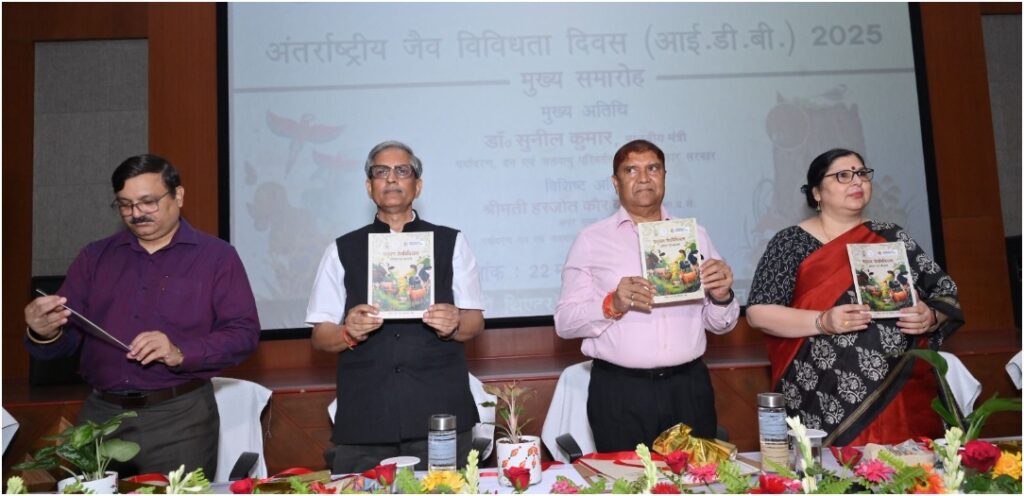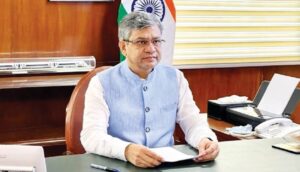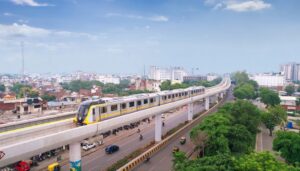
Patna: Bihar has more than doubled its forest cover over the past two decades, growing from just 7.65% in 2005 to 15.05% in 2024, according to Dr Sunil Kumar, the state’s Minister for Environment, Forest and Climate Change. Speaking at a programme held in Patna zoo to mark International Biodiversity Day, the minister highlighted ongoing efforts to expand the state’s green cover to 17% by 2028.
“Bihar of 2005 was a state of darkness and potholes. Today, it is among the fastest-growing states in the country with a growth rate of around 12%, surpassing the national average,” Dr Kumar said. He warned of the impact of biodiversity loss, linking it directly to climate change, global warming, and land degradation.
The minister announced a new initiative to promote biodiversity in tribal and scheduled caste villages by providing 20 acres of land per village for the plantation of fruit-bearing trees. The plan is intended to simultaneously improve green coverage and support rural development.
Additional Chief Secretary Harjot Kaur Bamhrah stated that Bihar has 133 wetlands, each over 100 acres in size, which are crucial for biodiversity conservation. She pointed to three designated Ramsar sites — Kanwar Lake in Begusarai, Nagi and Nakti in Jamui — as critical ecosystems, and noted that new sites under consideration include Chirand in Saran, the Bhim area in Aurangabad, and parts of Biharsharif.
Plans are underway to develop 2,592 hectares across these new sites. A common action plan involving civil society and multiple departments is also in development to coordinate biodiversity preservation across the state.
The event also honoured 1,165 students from government and private schools who excelled in painting and photography competitions focused on environmental themes. Senior officials, including Bihar State Biodiversity Board’s secretary S Chandrashekhar and Principal Chief Conservator of Forests Prabhat Kumar Gupta, were in attendance.





